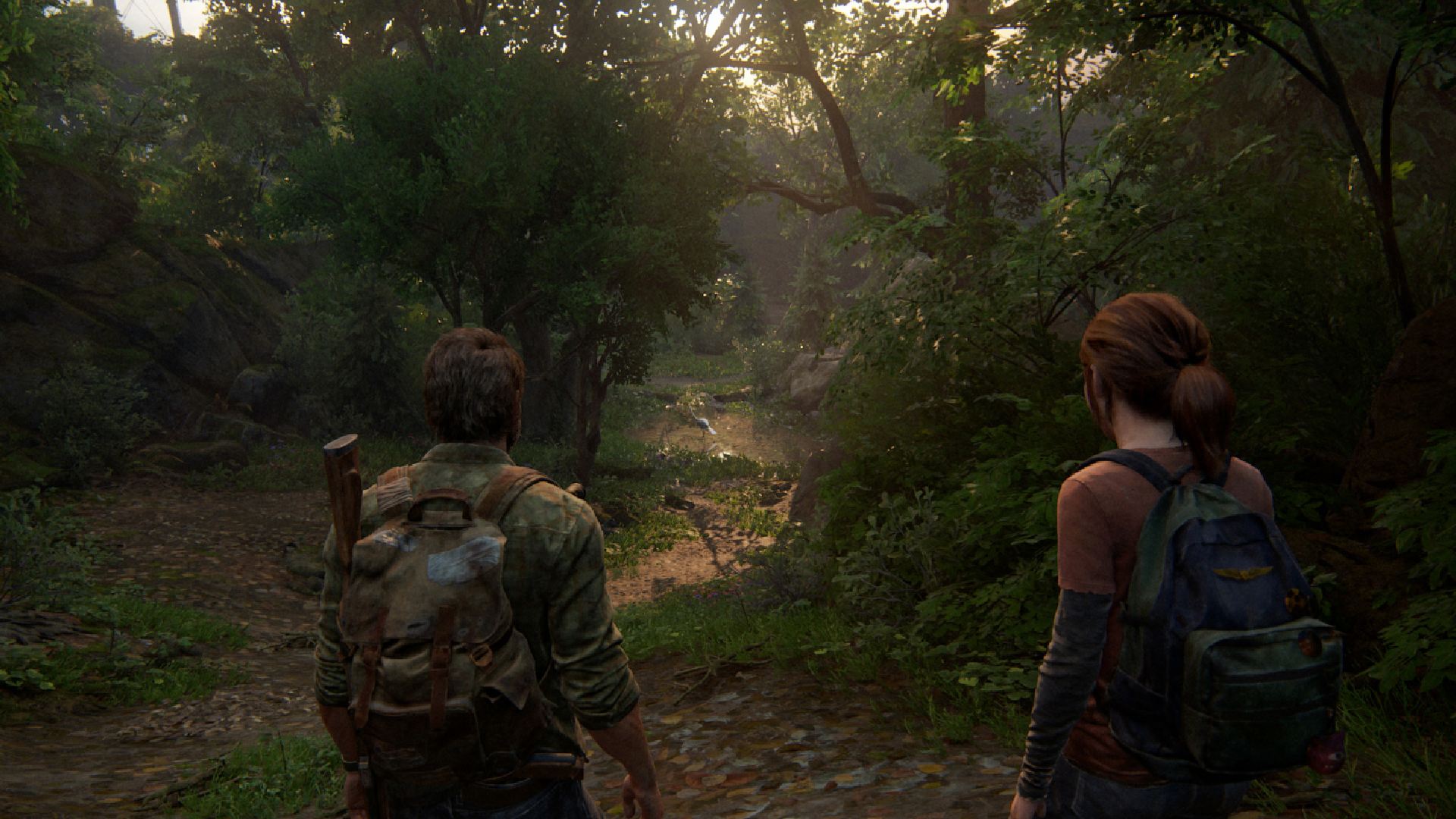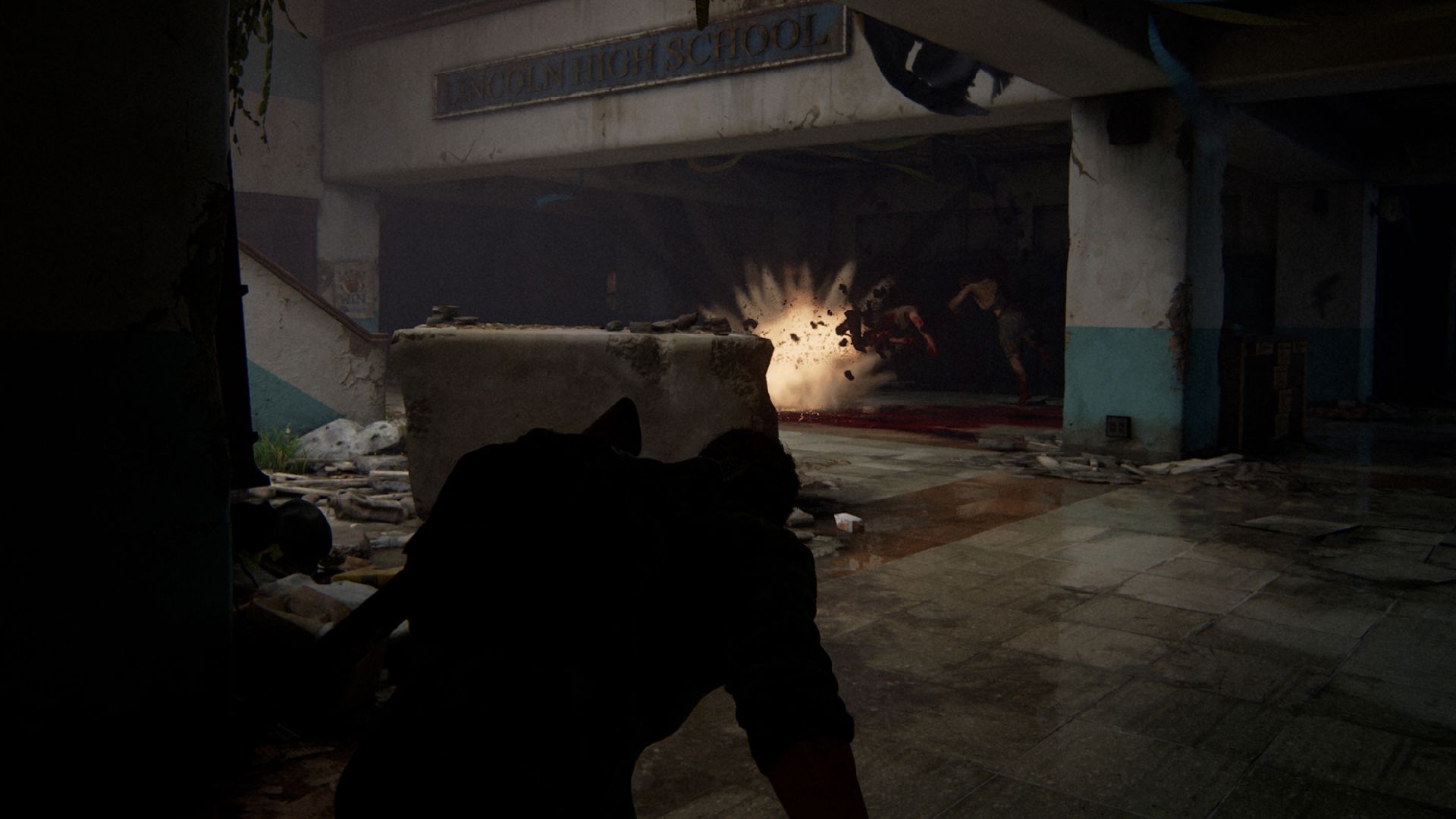Our Verdict
The Last of Us Part 1 is a truly stunning remake that significantly heightens the immersion of one of the best games ever made with denser environments, more realistic gameplay, and beautiful remastered visuals.
Ten years on, the original The Last of Us is still regarded as a transformative game. When I first played it, aged 13, it blew me away. I had never played anything so gritty and realistic, with a narrative that was as good as premier TV shows. But after finishing the PS5 remake of The Last of Us Part 1, I have had yet another transformative experience that represents just how far games have come in nine years.
While the whole game has seen two generations of visual upgrades, the most striking and also the most subtle is the environmental upgrades all around you. Simply put, Naughty Dog has been able to pack so much more into every single location you visit.
I played through the whole game whilst using a video guide for the original game to snap up all the collectibles. And by doing that, I got a one-to-one comparison of every location in the game and consistently found myself stunned at what Naughty Dog has done on PS5.
Bill’s Town and Pittsburg are now far more overgrown with flora wrapping around buildings to a greater degree and covering the ground in vast swathes. What once was just roads with overgrown plants around them, is now an entangled web where the moss, weeds, and grass overlap and interweave with the roads, cars, and buildings creating a dense and vibrant contrast between the old world and the new one.
The aesthetic of the environments in the game better aligns with The Last of Us Part 2 and features a more green and natural tone than the orange and brown that was plastered all over the original game, almost like a filter. Indoor environments like the Pittsburgh checkpoint have been significantly upgraded.
What once was a wooden wall behind a cafe sign in this location now has an inscribed picture printed onto it, giving the environment a more realistic look like people used the space before society fell.
Walls, shopfronts, building interiors, and practically any other environment you can think of have seen a huge visual enhancement, with the materials and textures of them better reflecting the real world. Colours pop as you explore the Mall in Left Behind and darkness dims sections of the sewers and hotel basement giving them a whole new atmosphere.
Looking back you can see just how much the technology restricted what Naughty Dog could do and as I revisited location after location I was captivated by just how different the various sections of the game are in this remake. This all gives The Last of Us Part 1 a refreshing sense of immersion and a heightened post-apocalyptic feel that, while it might be cliche to say, really makes it feel like a brand-new game.
The core of my love for the original game came from the story and the survival third-person action gameplay. While the setting was haunting because of the Clickers, you never really felt scared at what might be around the corner or the sounds you heard in the distance.
But, that extra realism added with this remake adds a whole new dimension to experiencing The Last of Us, even if you have already played it before.
The 3D Audio really amplifies that as well, as it allows you to hear enemies screech well before you see them, and the feeling of being ambushed by Stalkers who are behind you or lurking in the shadows is blood-curdling.
Similarly, Joel’s desperation, reflected in the DualSense controller during an intense brawl with multiple enemies, adds an extra kick to the feeling of intense survival that runs right through The Last of Us. This is done through the click of a shotgun as you panic pump the barrel or reload, the subtle breaths of Joel struggling as he fights, or the rumble of the controller as you and your enemy are thrown around as you trade blows.
Smaller details like the rumble of the DualSense when the armoured truck rolls by and shakes the ground or the light trigger pulls and resistance differentiating each weapon give the whole game a greater sense of reflecting the real world. Objects feel physical, weighty, and look like they do in the real world.
Systems like the new workbench and revamped collectible menu, which are ported over from The Last of Us Part 2 give you that close-up of items in the world and help remove the idea that the pistol is a videogame gun or the document is just a collectible.
Additional improvements to the enemy AI also modernise the gameplay experience of Joel and Ellie’s adventure across the United States. Enemies are now far smarter and more sophisticated. This leads to the game no longer feeling like a shooting gallery at times, as you take down enemies one by one with genuine stealth to progress to the next area.
Humans will double back, hone in on your position, look around desperately if one of them stumbles upon a dead friend, and generally surprise you by diverting off paths that were set in stone in the original release.
In a lot of ways the game plays like The Last of Us Part 2, but you still retain that more restricted, bulky feeling as Joel, which offers a different flavour to Ellie’s heightened manoeuvrability.
These improvements, the general upgrades to the facial animations when Runners or humans are shot, as well as the improved visuals during cinematics, all help to bring The Last of Us Part 1 into the modern day while you are playing.

The core experience and everything that made The Last of Us Part 1 great remains untouched, with some fun extra modes and unlockables for you to earn. But, after playing The Last of Us Part 1 and seeing the upgrades and enhancements in action I can see why it was remade.
Everything here from the gameplay improvements with the DualSense and AI to the completely overhauled environments all amplifies the emotions, feelings, and themes Naughty Dog was trying to convey with the original game in 2013.
It’s rare a remake feels truly transformational for a game, let alone a game that is less than ten years old, but The Last of Us Part 1 is the exception. These changes all make the game feel less like you are playing through levels and instead like going on a journey or reading a book from cover to cover.
And while Joel and Ellie take you along for the ride in this remake, you’ll also get to experience your own little journey too – and that one illustrates just how far games have come in such little time.




